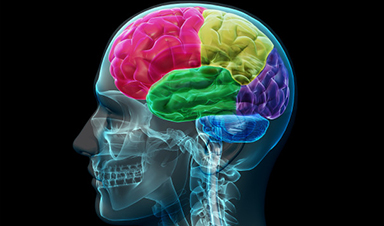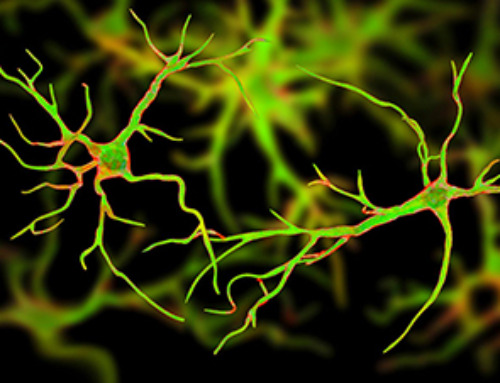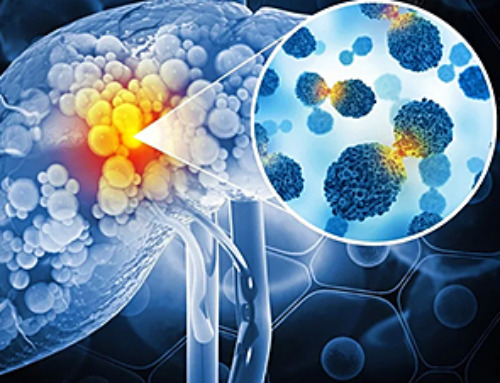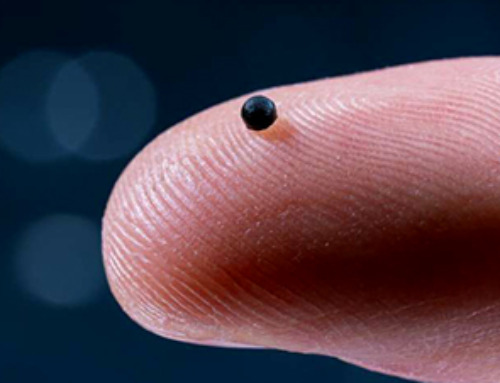Sure, artificial intelligence might end up being the downfall of humanity as we know it — that is, if Elon Musk’s fears come to fruition — but for the time being it’s actually quite useful. A new research effort by an international team of scientists reveals that machine-learning algorithms can be a powerful tool for medicine. The group, which published its work in the journal Nature, managed to create and train an AI to successfully identify different types of brain tumors with impressive accuracy.
In order to identify between different types of brain cancer, the team needed some criteria the computer could use to differentiate between them. With over 100 types of brain tumors already in the medical record, the process of identification can be tricky even for human doctors. The researchers used a DNA process called methylation as a sort of biological fingerprint and taught the AI to tell the difference between which of those fingerprints match specific cancer types.
Like all machine-learning algorithms, the AI needed a base of knowledge from which to draw comparisons. The team fed the computer the data of 2,800 cancer patients as a starting point, allowing it to identify an impress 91 different types of tumors. Then, they asked the computer to identify the type of tumor in over 1,000 known samples and found that the AI’s judgement didn’t match up with the human diagnosis in a number of cases.
As it turns out, the computer wasn’t incorrect in its identification; human doctors had misdiagnosed roughly 12 percent of the previously studied samples and the AI was correct.
Image Credit: Shutterstock
News This Week
The Stunning New Push to Protect the Invisible 99% of Life
Scientists worldwide have joined forces to build the first-ever roadmap for conserving Earth’s vast invisible majority—microbes. Their new IUCN Specialist Group reframes conservation by elevating microbial life to the same urgency as plants and [...]
Scientists Find a Way to Help the Brain Clear Alzheimer’s Plaques Naturally
Scientists have discovered that the brain may have a built-in way to fight Alzheimer’s. By activating a protein called Sox9, researchers were able to switch on star-shaped brain cells known as astrocytes and turn them into [...]
Vision can be rebooted in adults with amblyopia, study suggests
Temporarily anesthetizing the retina briefly reverts the activity of the visual system to that observed in early development and enables growth of responses to the amblyopic eye, new research shows. In the common vision [...]
Ultrasound-activated Nanoparticles Kill Liver Cancer and Activate Immune System
A new ultrasound-guided nanotherapy wipes out liver tumors while training the immune system to keep them from coming back. The study, published in Nano Today, introduces a biodegradable nanoparticle system that combines sonodynamic therapy and cell [...]
Magnetic nanoparticles that successfully navigate complex blood vessels may be ready for clinical trials
Every year, 12 million people worldwide suffer a stroke; many die or are permanently impaired. Currently, drugs are administered to dissolve the thrombus that blocks the blood vessel. These drugs spread throughout the entire [...]
Reviving Exhausted T Cells Sparks Powerful Cancer Tumor Elimination
Scientists have discovered how tumors secretly drain the energy from T cells—the immune system’s main cancer fighters—and how blocking that process can bring them back to life. The team found that cancer cells use [...]
Very low LDL-cholesterol correlates to fewer heart problems after stroke
Brigham and Women's Hospital's TIMI Study Group reports that in patients with prior ischemic stroke, very low achieved LDL-cholesterol correlated with fewer major adverse cardiovascular events and fewer recurrent strokes, without an apparent increase [...]
“Great Unified Microscope” Reveals Hidden Micro and Nano Worlds Inside Living Cells
University of Tokyo researchers have created a powerful new microscope that captures both forward- and back-scattered light at once, letting scientists see everything from large cell structures to tiny nanoscale particles in a single shot. Researchers [...]














Leave A Comment